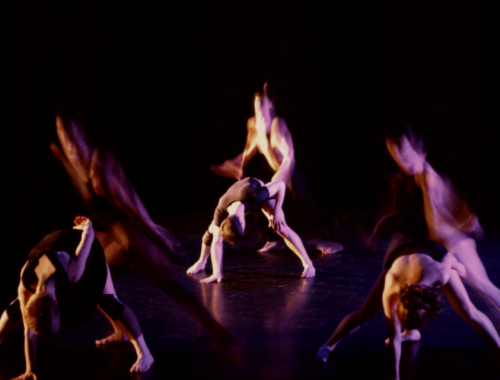
Modern Dance

The beginnings of modern dance can be traced back to the mid-twentieth century as a reaction to the heavily regimented classical styles of dance, such as ballet. The term encompasses a wide range of techniques which have each become their own distinct style and is commonly used as an umbrella term, rather than being a specific individual style.
During the 19th century, there were several dancers, such as Isadora Duncan, Loie Fuller, and Maud Allen, who were attempting to create new styles of dancing which did not adhere to strict techniques and moves, that until that point, had dominated dancing styles across Europe. The form of dance which was being pioneered would today be compared to aesthetic or free dance for performance. One of the breakthroughs that these early pioneers started with was the compete for disregard for the traditional ballet moves, due to their limited nature. They also stopped wearing corsets and pointed shoes, as the dancers sought out greater freedom of movement.
Modern dance evolved alongside sociopolitical events, as many western societies began to fundamentally change during the beginning of the 20th century, with many contemporary dance performances being an expression of the dancer’s feeling toward the world at large. This eventually led to, what was then, modern dance becoming regarded as too structured, particularly by postmodern students and int ellectuals. Modern dance evolved again and became far more interlinked with performance art, release techniques, and improvisation. The improvisation went on to become a key component of contemporary dancing, which remains to this day in almost all styles of modern dancing. The ability to improvise is based on having underlying skills and knowledge and letting them flow freely without any set form or structure to be followed, often meaning that the performer will never repeat the same dance twice.
ellectuals. Modern dance evolved again and became far more interlinked with performance art, release techniques, and improvisation. The improvisation went on to become a key component of contemporary dancing, which remains to this day in almost all styles of modern dancing. The ability to improvise is based on having underlying skills and knowledge and letting them flow freely without any set form or structure to be followed, often meaning that the performer will never repeat the same dance twice.
American modern dance has been split into three periods; the early modern period between 1880 and 1923, the central modern period between 1923 and 1946, and the late modern period between 1946 and 1957. The first modern period was mostly a formal declaration of dancers not wanting to follow the strict rules of ballet or other forms of dance, although early contemporary dance did still require the discipline which was found in classical dance styles. The central modern period sought to develop recognisable training systems for modern dance that did not require any knowledge or experience of traditional dancing styles; this is generally recognised as the time when modern dancing came to be a recognisable style of its own, rather than just a breakaway of classical dance styles. The late modern period began to introduce abstractionism and avant-garde elements into dance, which ultimately proved to be unpopular and are rarely a part of contemporary dance today.

Jazz Dance

Different Dance Styles
You May Also Like

Mikhail Baryshnikov
February 25, 2019
Different Dance Styles
July 23, 2019
